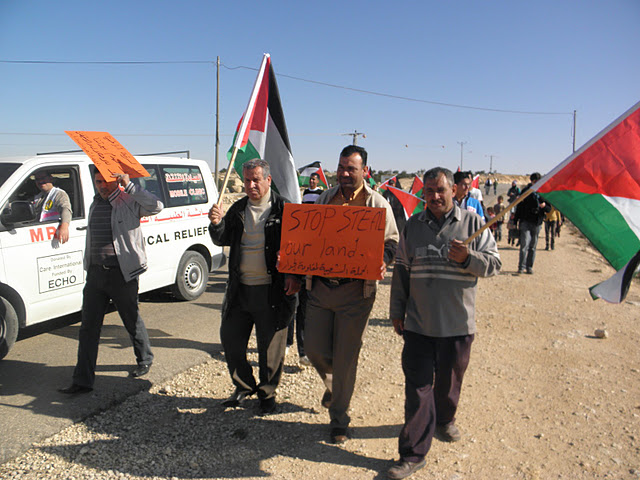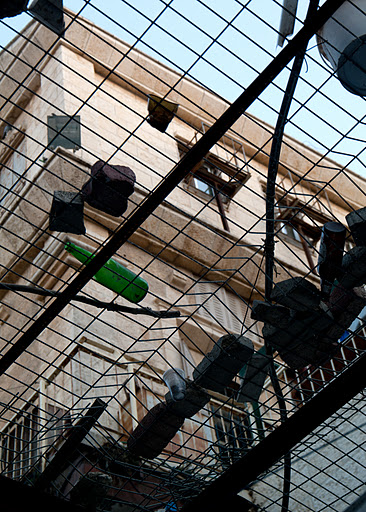-
Military court in Gaza holds the 9th session to consider the case relating to the death of Italian solidarity activist, Vittorio Arrigoni
5 December 2011 | Palestinian Center for Human Rights On Monday 05 December 2011, the Permanent Military Court in Gaza held the ninth session in Gaza City to consider the case relating to the death of the Italian solidarity activist, Vittorio Arrigoni. Lawyers from the Palestinian Centre for Human Rights (PCHR) attended the session in […]
-
Susiya continues to pave the road despite Israeli settlement activity
by Aida Gerard 4 December 2011 | International Solidarity Movement, West Bank One 17 year old boy from Yatta, Khalid Al Hurush, was arrested during a peaceful action in Susiya, and several people were beaten by the Occupation Forces on December 3rd, 2011. On Saturday at 10 AM, around 60 demonstrators gathered in Susiya to demonstrate […]
-
Extremist settlers hurl blocks at Hebron’s Old Market
by Andrew Michaels 3 December 2011 | International Solidarity Movement, West Bank Settlers from Avraham Avino targeted Palestinians in the Old Souq in Hebron during the Saturday market on December 3rd 2011. At approximately 11 AM Five unmasked settlers, aged around 20-30, threw concrete blocks down from a roof above the Old City at the […]
Action Alert An Nabi Saleh Apartheid Wall Arrests BDS Bethlehem Bil'in Cast Lead Demonstration Denial of Entry Ethnic Cleansing Farmers Gaza Global Actions Hebron House Demolition International law Israeli Army Jerusalem Live Ammunition Nablus Ni'lin Prisoner Ramallah Rubber-coated steel bullets Settlement Settlers Settler violence Tear-Gas Canister Video



